
The development of new reasoning models in artificial intelligence is a significant advancement in the field of AI and machine learning. These models are designed to enhance the ability of AI systems to handle complex problem-solving tasks, make more accurate predictions, and provide more reliable outcomes in a variety of applications. This discussion will explore the innovations, implementations, and implications of these new reasoning models.
Innovations in Reasoning Models
Enhanced Logical Reasoning
One of the key features of new reasoning models is an enhanced capacity for logical reasoning. Traditional AI models, including earlier versions of GPT, focused more on recognizing patterns and statistical correlations. The latest reasoning models contain more complex algorithms that will allow the AI to use deductive and inductive reasoning more effectively. This model can analyze a sequence of statements, find logical links, and make valid conclusions, just like a human would.
One of the key features of new reasoning models is an enhanced capacity for logical reasoning. Traditional AI models, including earlier versions of GPT, focused more on recognizing patterns and statistical correlations. The latest reasoning models contain more complex algorithms that will allow the AI to use deductive and inductive reasoning more effectively. This model can analyze a sequence of statements, find logical links, and make valid conclusions, just like a human would.
Integration of Symbolic and Sub-symbolic Reasoning
The integration of symbolic and sub-symbolic reasoning marks a notable advancement in AI. Symbolic reasoning involves using symbols and rule-based logic to derive new insights, while sub-symbolic reasoning relies on neural networks to identify patterns. By merging these methodologies, modern reasoning models harness the advantages of both, resulting in more adaptable and resilient AI systems. This hybrid framework enhances the AI’s ability to process abstract ideas and tackle intricate scenarios effectively.
Improved Data Handling and Knowledge Representation
Improvements in data handling and knowledge representation are also featured by the latest reasoning models. They can handle vast volumes of data much more efficiently and represent knowledge in ways that are easier for the AI to manipulate and understand. These models apply sophisticated techniques like graph-based representations and knowledge graphs in order to organize information in a way that is logically retrievable by the AI for easy utilization.
Implementations of New Reasoning Models
Natural Language Processing (NLP)
In the world of natural language processing, new reasoning models have brought a significant improvement in AI systems’ ability to understand and generate human language. These models are better in understanding context, disambiguating meanings, and generating coherent and contextually appropriate responses. This has important implications for applications such as chatbots, virtual assistants, and language translation services.
Decision-Making Systems
New reasoning models are also implemented in decision-making systems in many different industries. For instance, in finance, they can analyze complex financial data and give trends for investment purposes. In healthcare, they can help diagnose diseases by assessing patient data and recommending potential treatments. The better reasoning abilities of these models improve the reliability and accuracy of AI-driven decisions.
Autonomous Systems
New reasoning models are really important in the field of autonomous systems, such as self-driving cars and drones, for navigating complex environments and making real-time decisions. These models can perform sensory data processing, forecast potential hazards, and opt for the best routes. The ability to reason and take informed decisions in dynamic settings is very important for a safe and efficient operation in autonomous systems.
Implications of New Reasoning Models
Ethical Considerations
Advances in reasoning models also raise important ethical issues. As AI systems grow in their ability to make complex decisions, there is a need to ensure these decisions are fair, transparent, and accountable. Increasingly, there is a need for frameworks and regulations to address issues of bias, privacy, and the ethics of AI use. Developers and policymakers must collaborate on guidelines that ensure responsible development and deployment of AI technologies.
Impact on the Workforce
New models of reasoning could have wide impacts on the workplace. While certain jobs may be automated and more efficient with reduced labor input, new problems could emerge in form of job displacement, especially for routine decision-making and data analysis tasks. These are areas businesses and governments must prepare for, by investing in retraining and upskilling programs that help workers make this transition.
Future Research and Development
The development of reasoning models will likely be a major focus for AI research in the next few years. Researchers are looking into how to enhance the logical reasoning capabilities of these models further, improve their generalization to other domains, and increase their interpretability. Innovation and the challenges associated with the deployment of advanced reasoning models will require concerted efforts from academia, industry, and government.
The creation of new models for AI is a grand leap toward achieving artificial intelligence. Those models are steps ahead when AI systems try to better understand, reason, and take decisions. The revolutionary concepts in logical reasoning as well as their integration along with improvements to how symbolic reasoning as well as sub-symbolic reasoning should improve performance while handling huge data sizes within various applications such as natural language processing, autonomous vehicles. However, implementing such models also raises significant ethical, social, and economic considerations that must be effectively managed. The future holds great promise for the power of reasoning models to change AI and its applications, as research and development progress.
Read More:
Cutting-Edge Tech Innovations Protecting Wildlife and the Planet


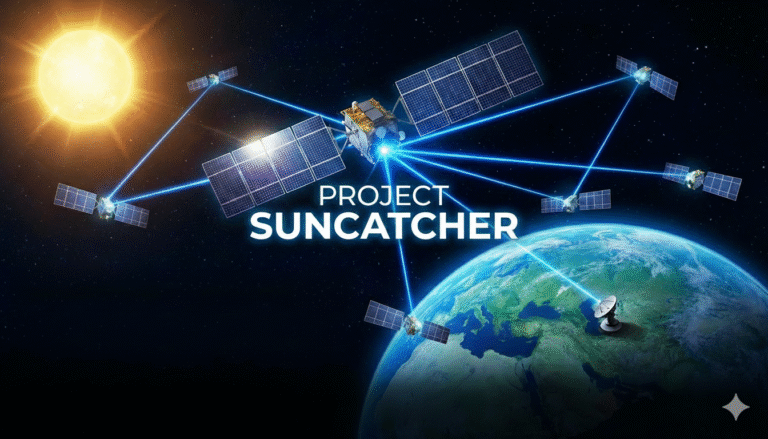
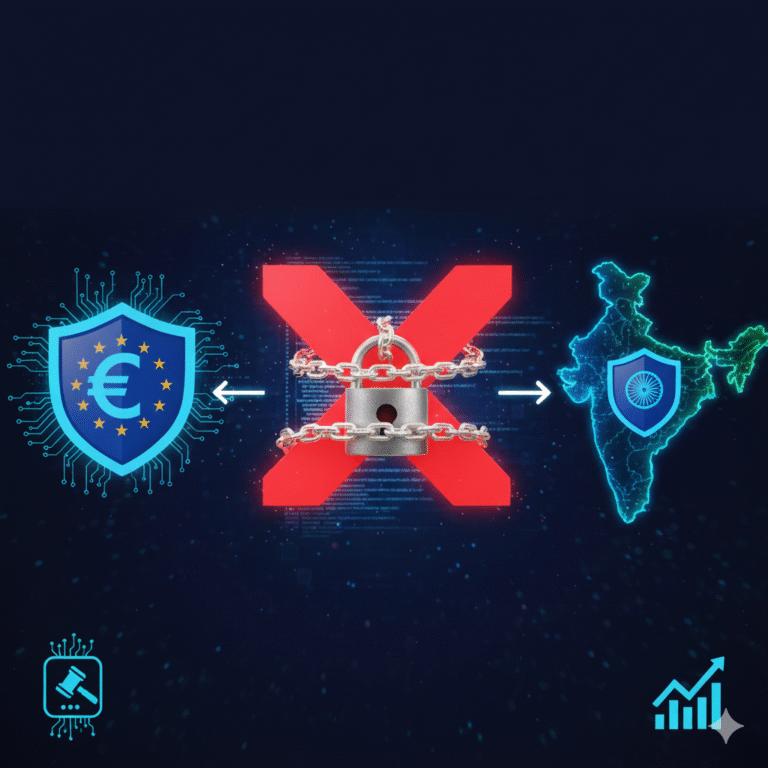
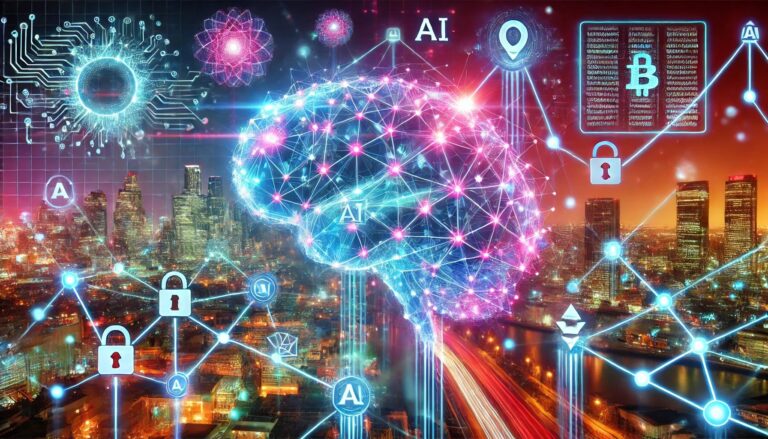
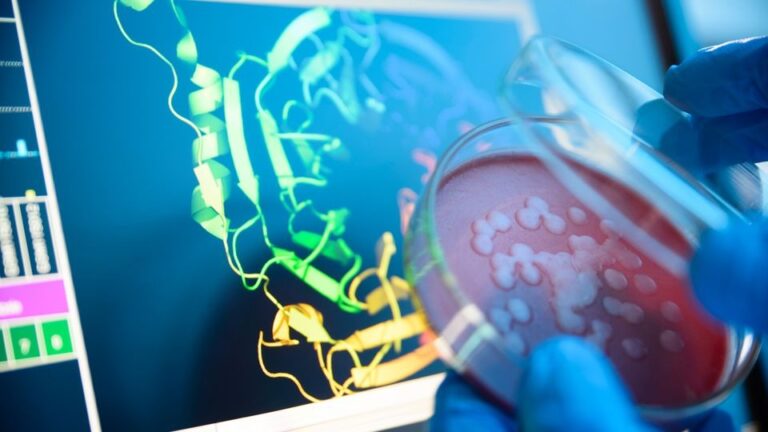

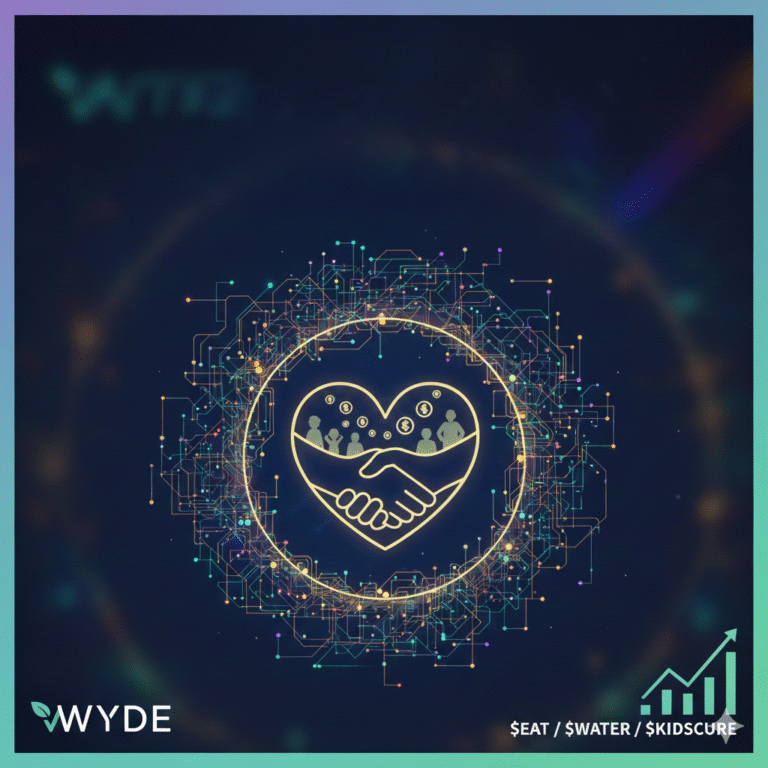

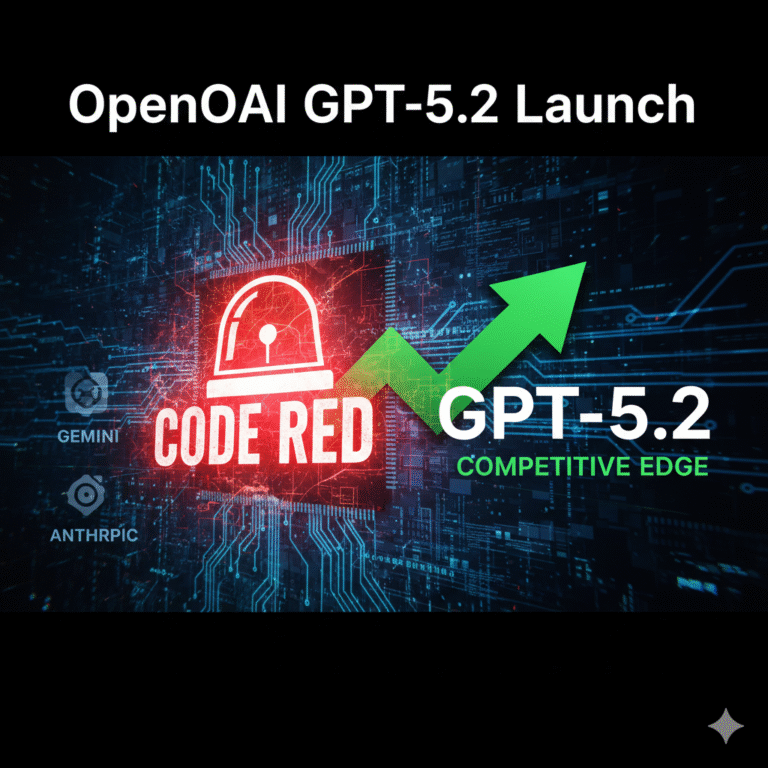
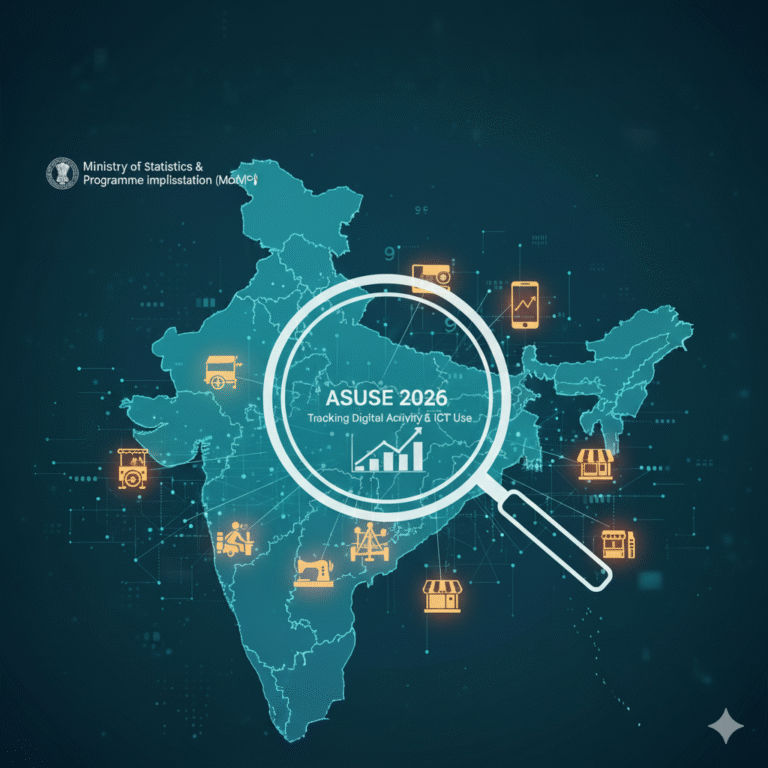
[…] New Reasoning Models […]